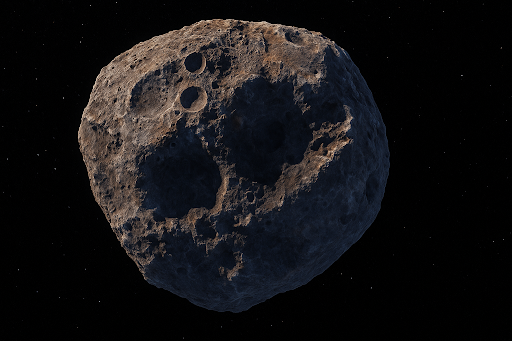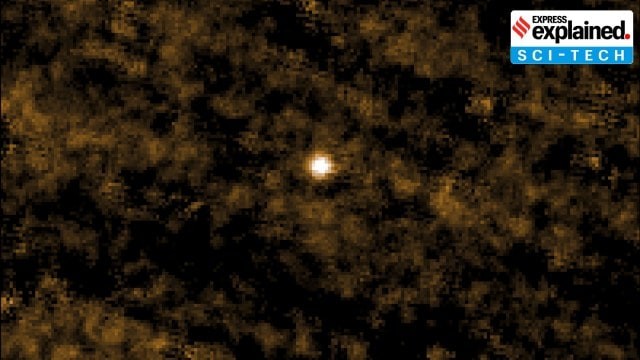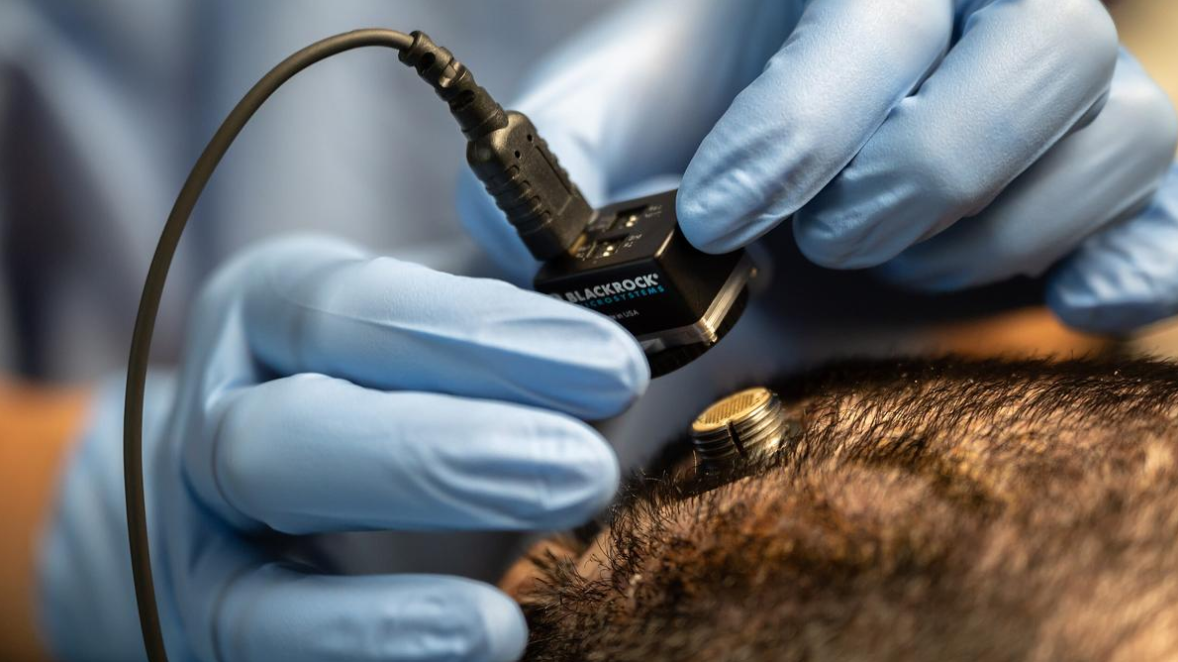



China’s Tianwen-2 mission targets asteroid Kamo‘oalewa, a potential lunar fragment, and comet 311P/PanSTARRS, aiming to collect samples using advanced "touch-and-go" techniques. Launched to explore this quasi-satellite’s origins and the early solar system, it positions China alongside the US and Japan in pioneering asteroid exploration.

Copyright infringement not intended
Picture Courtesy: INDIAN EXPRESS
China's Tianwen-2 mission aims to explore asteroid Kamo‘oalewa.
China to launch its Tianwen-2 mission, to explore and collect samples from the near-Earth asteroid 469219 Kamo‘oalewa and study a main-belt comet called 311P/PanSTARRS.
It is China’s first attempt to retrieve asteroid samples, placing it among elite nations like the United States and Japan, which have successfully completed similar missions.
The mission utilizes advanced "touch-and-go" sampling techniques, similar to NASA's OSIRIS-REx and Japan's Hayabusa2 missions. The probe will investigate one of Earth's most mysterious quasi-satellites, potentially unlocking secrets about the early solar system and lunar formation.
Kamo‘oalewa was discovered in 2016 by the Pan-STARRS 1 telescope in Hawaii, it is a small asteroid, measuring 40 to 100 meters in diameter.
It belongs to a rare group called quasi-satellites. Its orbit is highly elliptical, unlike Earth’s more circular one, and it has been in this pattern for about 100 years, expected to continue for another 300 years.
|
Quasi-satellites are celestial objects that orbit the Sun but are gravitationally influenced by Earth due to their proximity. They appear to alternately lead and trail Earth in its orbit, creating the illusion of orbiting our planet. They represent a unique class of near-Earth asteroids that shift their orbits over geological timescales. |
Scientists suspect Kamo‘oalewa might be a fragment of the Moon, possibly ejected millions of years ago when an asteroid struck the lunar surface, perhaps creating the Giordano Bruno crater.
In 2021, researchers from the University of Arizona, found that Kamo‘oalewa’s light reflection pattern (spectrum) matches silicates in lunar samples from NASA’s Apollo missions. This suggests it could be lunar material, make it a key target for understanding the Moon’s history.
Must Read Articles:
Discovery of Liquid Water Deep Beneath Mars' Surface
Source:
|
PRACTICE QUESTION Q. What is Kamo‘oalewa, frequently seen in the news? A) A newly discovered moon of Mars B) A space telescope C) A near-Earth asteroid D) A comet entering the solar system Answer: C Explanation: Kamo‘oalewa is a near-Earth asteroid, and scientists are studying it because of its unique orbital characteristics. This object belongs to a class of asteroids called quasi-satellites, which orbit the Sun but remain gravitationally linked to Earth. |





© 2025 iasgyan. All right reserved